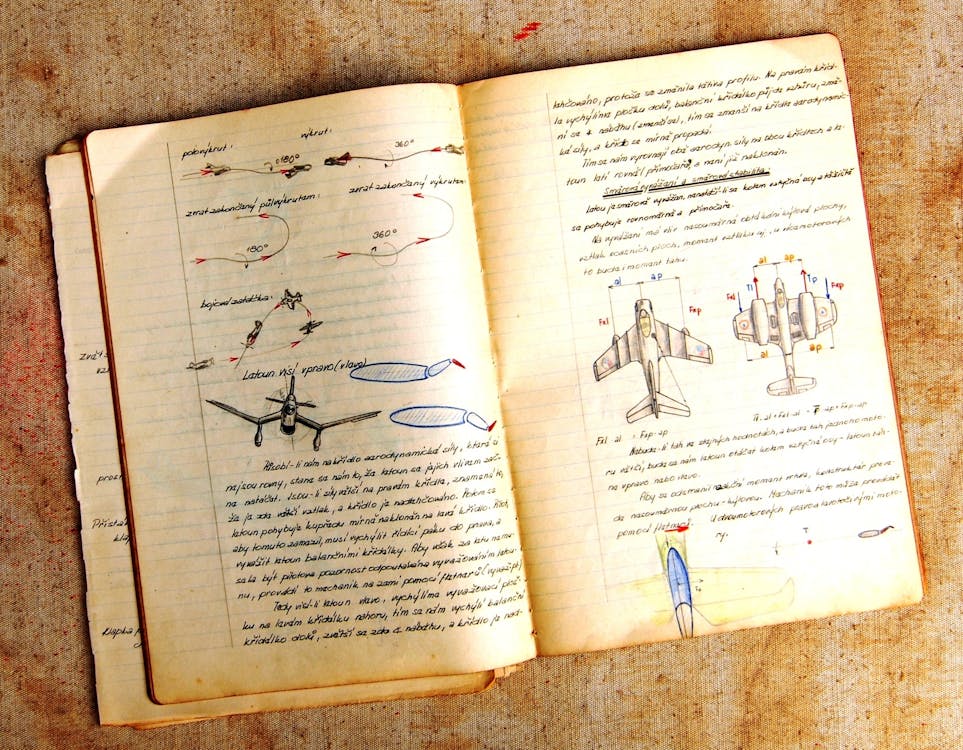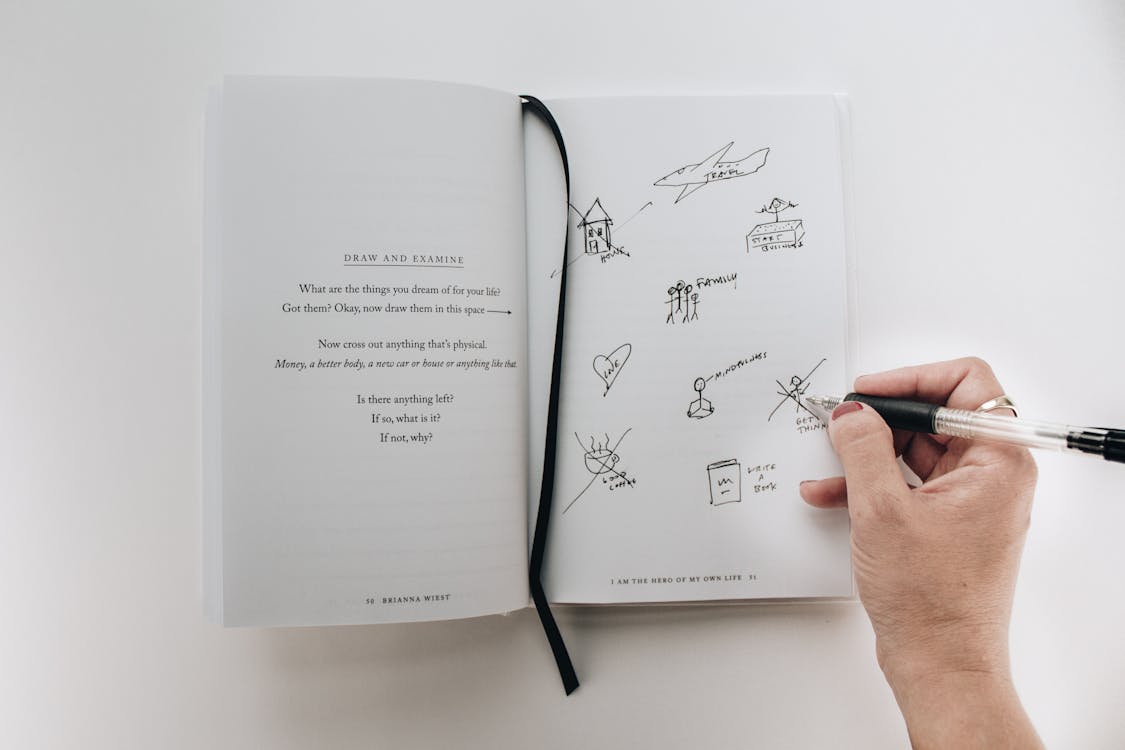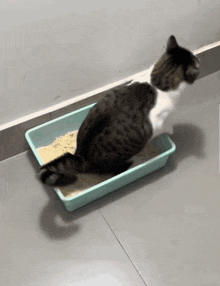How you take your notes can often make or break your performance in the class overall. Students tend to increase their understanding of the topic when taking notes that fit their learning style. To help you maximize your performance in school, here are seven easy tips that can enhance your notes.

Image Credit: Mikhail Nilov from Pexels
Let us slide into your dms 🥰
Get notified of top trending articles like this one every week! (we won't spam you)1. Be Concise
It is important to find the “Goldilocks” to your notes. Make sure to write enough so that you aren't missing details in your notes, but also not writing so much that you aren't able to memorize the correct points. Remember to take notes in your own words so that you are able to remember the information better. I would recommend summarizing the lecture or reading rather than writing down every single detail that is presented.

Image Credit: Isabella Mendes from Pexels

Take the Quiz: Which New Gadget Should You Add to Your Stationary?
Looking for a new convenient way to make your schoolwork easier? Find out the right gadget to try with this quiz!
2. Keep Your Notes Organized
Organizing your notes is crucial. Not only does it make the main ideas more prominent, but also you can group the same types of information to memorize it better. You can use sub-headers and headings by writing them in a different size or using varying colors. It will also take less time to review your notes before a test.

Image Credit: Armin Rimoldi from Pexels
3. Highlight and Underline Key Points
Highlighting and underlining key points can help you remember and organize your information. These can help bring out secondary ideas under subheadings, as well as help your brain keep track of the content you are consuming. Sometimes, you might run into a situation where you find yourself over-highlighting or over-underlining. In this case, the duality of using both highlighting and underlining can benefit you when taking notes.

Image Credit: Pixabay from Pexels
4. Include Illustrations
If you favor illustrations or visuals over heavy text, it would be a good idea to include illustrations in your notes. Illustrations can help your brain take a break from the overly text-heavy content of your notes, as well as help you remember information easily. These could include graphs, models, diagrams, or even just small doodles to liven up your notebook. Drawing in your notebook is never a bad thing to do!

Image Credit: Thought Catalog from Pexels
5. Abbreviations and Symbols
Sometimes, taking notes in a content-heavy class or following a fast-paced presentation can get tiring for your hands, both typing and handwriting! This is where abbreviations and symbols come in, helping you cut down the amount of text you are writing. Many words that are not key vocabulary can be shrunk down to a shorthand that works for you. Symbols can also come in handy for commonly used phrases that are used in your notes or for sections of notes that are under similar topics but somehow ended up on different pages.

6. Make sure to write legibly
When teachers are going at high-speed during their lectures, it can be tempting to start writing in slightly sloppier handwriting. Make sure that you are taking notes with legible handwriting so you do not waste time trying to figure out what you wrote. This means that you should not be writing down every single detail that is presented to you, as mentioned before. Know how to identify what to write down so that you can keep your notes clean and legible.

Image Credit: fauxels from Pexels
7. Try Other Note-taking Styles
Don't be afraid to test out other note-taking styles. Not every note-taking format is fit for every student. There are tons of note-taking formats that you can discover to find your perfect fit.
Some recommended note-taking methods include Cornell notes, mind-mapping, outlining method, sentence method, charting method, the Q/E/C method, and more. The internet is filled with resources to help you find the best note-taking method to fit your style.
Do not fret if you are struggling with taking good notes in your classes. It takes many people several trials and errors to find the best note-taking style that fits their learning habits. Small habits make progress, so even if slowly incorporating some of these tips into your notes might seem ineffective, over time, your notes will be a long way from what they were before!






%202-min%20(1).jpg)
%202-min%20(1).jpg)







.jpg)